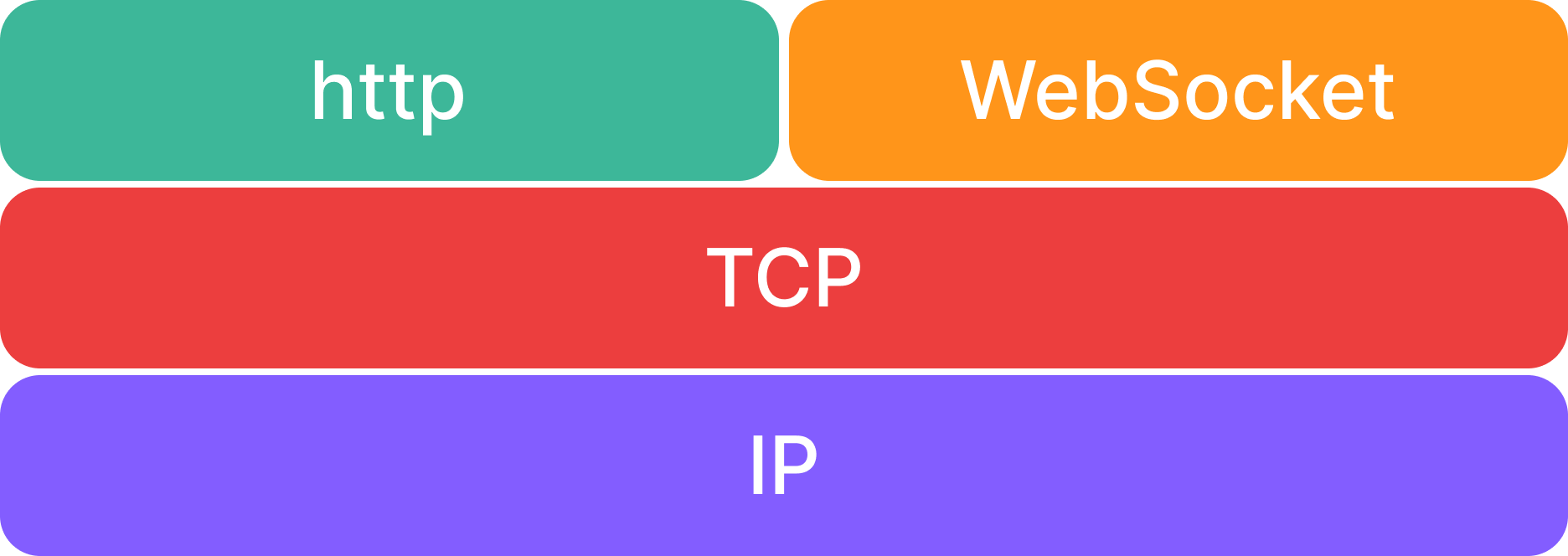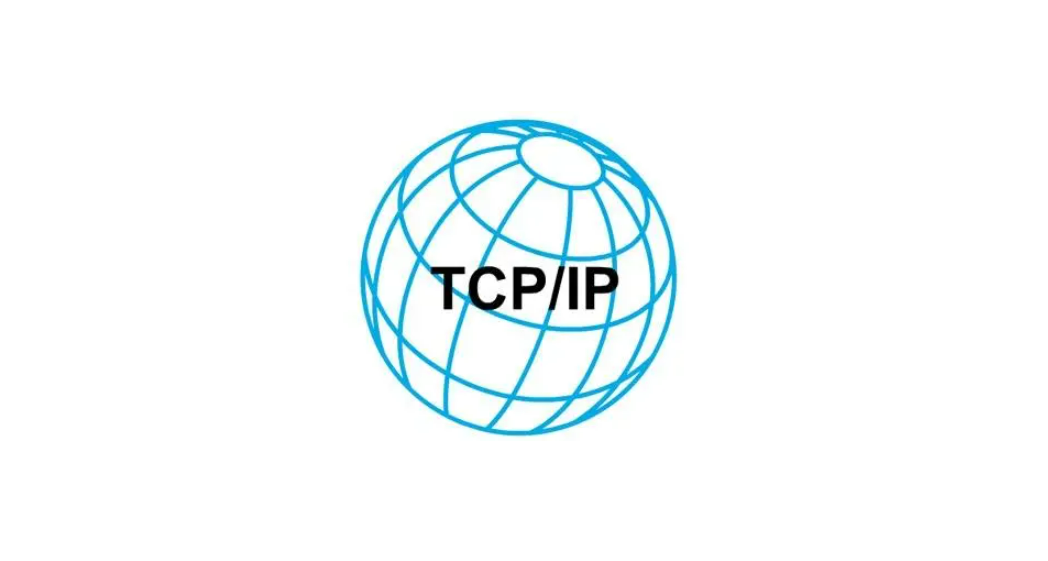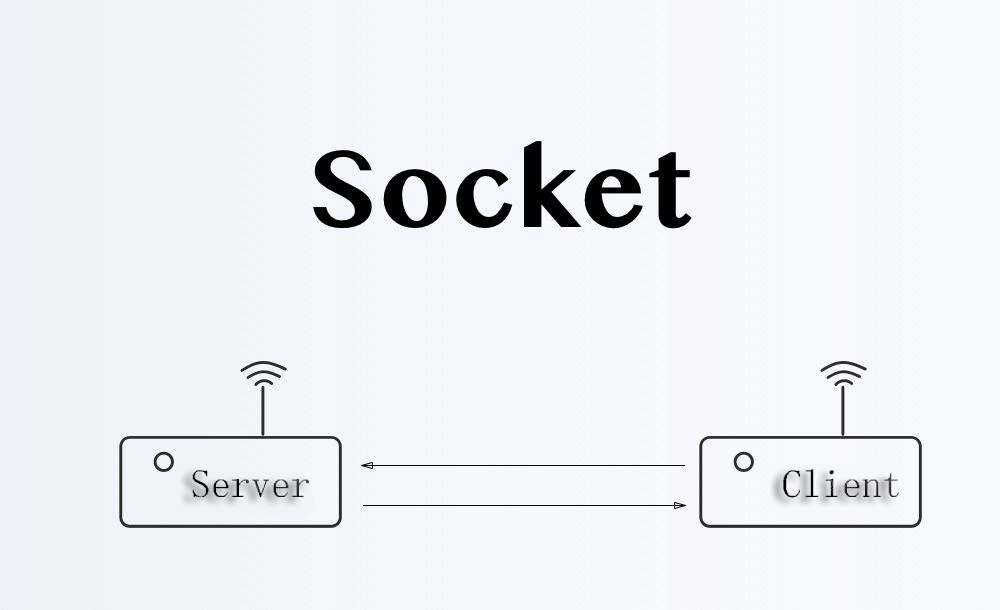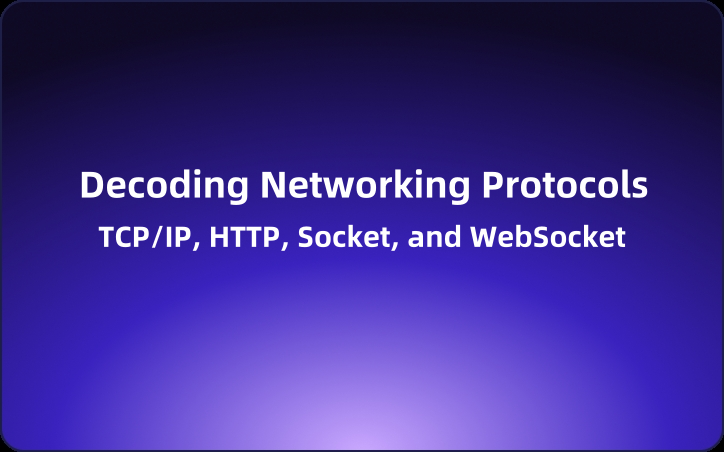Decoding Networking Protocols:A Guide to TCP/IP,HTTP,Socket,and WebSocket
In networking and web development, protocols like TCP/IP, HTTP, Socket, and WebSocket define how data flows between devices. Understanding these protocols is essential for developers to ensure efficient and reliable communication in today's interconnected digital landscape.
Introduction
In the world of networking and web development, a range of protocols—like TCP/IP, HTTP, Socket, and WebSocket—determine how data flows between devices across the internet. For developers, understanding these protocols is key to ensuring efficient and reliable communication.

OSI Model
The OSI (Open Systems Interconnection) Model is a conceptual framework used to understand and implement networking protocols. It divides the communication process into seven distinct layers, each with specific responsibilities.
- Application Layer: Various application layer protocols such as HTTP, WebSocket, FTP, SMTP, etc.
- Presentation Layer: Handling the syntax and semantics of information, including encryption/decryption, translation, and compression/decompression.
- Session Layer: Establishing and managing sessions between users on different machines.
- Transport Layer: Receiving data from the layer above, segmenting data when necessary, delivering these segments to the network layer, and ensuring the data reaches the destination effectively. Protocols like TCP and UDP.
- Network Layer: Managing subnet operations, including logical addressing, packet switching, and route selection, using the IP protocol.
- Data Link Layer: Providing physical addressing and transforming raw bit streams into logical transmission lines.
- Physical Layer: Transmitting raw bit streams over communication channels with mechanical, electronic, and timing interfaces.
TCP/IP Protocol Stack
At the heart of networking, the TCP/IP protocol stack manages the fundamental principles of data transmission, while HTTP, which operates at the application layer, structures data for efficient transfer.

To simplify, envision IP as the endpoints, TCP and UDP as the highways for data transport, HTTP and FTP as the delivery vehicles, and Socket as the crucial checkpoint overseeing the data transfer process. Just as trucks pass through a checkpoint before hitting the road, data (HTTP) travels through the socket checkpoint onto the TCP highway to reach its destination endpoint (IP).
HTTP Protocol
HTTP, or Hypertext Transfer Protocol, governs the rules for communication between computers on the web. An HTTP request comprises a request line, headers, an empty line, and the request body, while a response consists of a response status line, headers, an empty line, and the response body.

HTTP operates in a stateless manner, where each client request is processed independently. To maintain session information, mechanisms like cookies are used in the request headers. Additionally, HTTP is connectionless, operating over TCP without persistent connections. While traditionally using short-lived connections, HTTP/1.1 introduced keep-alive for persistent connections to optimize resource utilization.
Socket Protocol
Serving as an intermediary layer, Socket provides developers with an interface to interact with lower-level protocols like TCP or UDP. It abstracts the complexities of the TCP/IP stack and offers an API for establishing connections and transmitting data between applications on different hosts.

WebSocket Protocol
WebSocket extends the capabilities of HTTP by enabling bidirectional communication between clients and servers over a single, long-lived connection. This protocol revolutionizes data exchange by facilitating continuous, efficient communication without the need for traditional polling methods.

TCP and UDP Protocols
TCP ensures reliable data transmission by establishing connections that maintain data integrity and order. On the other hand, UDP offers a lightweight, connectionless alternative for fast data transfers, sacrificing reliability for speed and simplicity.
Understanding Proxy Servers: HTTP and SOCKS Protocols Explained
HTTP Proxy
Take an exapmle, when Jary needs to download a webpage from Cora's web server but faces a firewall blocking direct access, he connects to an HTTP proxy on his network. The browser communicates with the proxy in the same way it would with Cora's server, sending a standard HTTP request header. The HTTP proxy then connects to Cora's server and forwards any data back to Jary.
Modern web servers often function as proxy servers (e.g., Nginx), resolving cross-origin issues for browsers. This setup allows front-end and back-end projects to run on separate servers, facilitating a decoupled architecture.
SOCKS Proxy
In a scenario where Jary and Cora can't communicate directly due to a firewall between their networks, Jary connects to a SOCKS proxy on his network to establish a connection with Cora. The SOCKS proxy creates a connection that bypasses the firewall, enabling communication between Jary and Cora.
Operating at a lower layer than HTTP, SOCKS serves as a session layer proxy protocol. If network requests are proxied through SOCKS, higher-layer protocols like HTTP and WebSocket also follow the SOCKS proxy route.
Unlike other application layer proxies, SOCKS simply forwards data packets without protocol-specific considerations, making it significantly faster. Notably, popular tools like Shadowsocks (SS) and Shadowsocks-R (SSR) are implementations of SOCKS5 proxies.
Comparison: SOCKS vs. HTTP Proxies
SOCKS operates at a lower level than HTTP proxies, utilizing a handshake protocol to inform the proxy software of the client's connection attempt. After this, SOCKS functions as transparently as possible, unlike conventional proxies that may interpret and rewrite headers (e.g., when using a different underlying protocol like FTP). Unlike HTTP proxies, SOCKS can forward UDP traffic and serve as a reverse proxy. While HTTP proxies typically offer a deeper understanding of HTTP and may filter at a higher level, SOCKS proxies are superior in terms of speed and versatility.
Clarifying Relationships:
- HTTP and WebSocket: Distinct application layer protocols both based on TCP connections.
- Socket and WebSocket: Unrelated – former refers to sockets, latter to a protocol.
- Socket and TCP: Sockets serve as an abstraction layer for direct API access to lower-level protocols like TCP or UDP.
- Socket and SOCKS: Unrelated – former denotes sockets, latter represents a proxy protocol.
Enhancing Development Flexibility: EchoAPI's Multi-Protocol API Debugging Support
EchoAPI emerges as a powerful tool for developers aiming to debug APIs across multiple protocols. By offering comprehensive support for a diverse range of protocols, EchoAPI empowers developers to tackle debugging challenges efficiently and effectively, regardless of the underlying protocol intricacies.

With EchoAPI, developers gain access to a comprehensive debugging platform that supports a wide array of protocols, including HTTP, WebSocket, TCP, SSE, and more. This extensive protocol support ensures that developers can seamlessly debug APIs across different communication standards, simplifying the troubleshooting process and speeding up development cycles.

In essence, EchoAPI's ability to support multiple protocols for API debugging not only simplifies the development process but also enhances the quality and reliability of software applications. It stands as a testament to the power of innovation in enabling developers to navigate the intricacies of network communication with precision and ease.
Conclusion
Ultimately, these networking protocols—TCP/IP, HTTP, Socket, and WebSocket—are the backbone of modern web communication. Each protocol serves a distinct role in enabling secure, efficient data exchange over the internet, underpinning the interconnected digital landscape we navigate today.




 EchoAPI for VS Code
EchoAPI for VS Code

 EchoAPI for IntelliJ IDEA
EchoAPI for IntelliJ IDEA

 EchoAPl-Interceptor
EchoAPl-Interceptor

 EchoAPl CLI
EchoAPl CLI
 EchoAPI Client
EchoAPI Client API Design
API Design
 API Debug
API Debug
 API Documentation
API Documentation
 Mock Server
Mock Server








